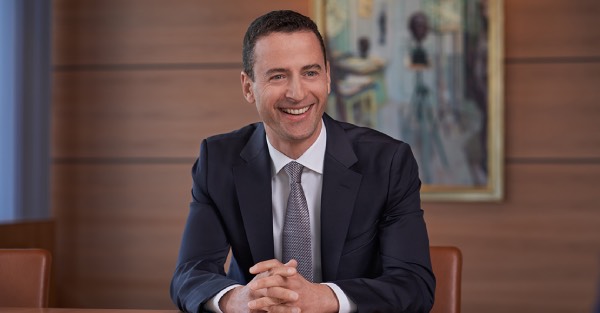Glencore published its 2021 Climate Report on their website. This year’s report provides an update on their progress against the emission reduction targets and incorporates the annual review of the industry organisations’ positions on climate change.
The purpose is to responsibly source the commodities that advance everyday life. The unique business model enables to produce, recycle and market the materials needed to decarbonise energy, while simultaneously reducing their own emissions. The portfolio’s diversity underpins their strategic ambition to play a leading role in enabling the decarbonisation of global energy demand through supplying metals such as copper, cobalt, zinc and nickel that are essential to the transition to a low-carbon economy.
Gary Nagle, chief executive officer, commented,
“Our targets and ambition reflect our commitment to align our business strategy with the goals of the Paris Agreement and our ongoing engagement with our key stakeholders including the Climate Action 100+ group of investors.
“We were the first company in our sector to put our climate strategy to a shareholder vote, and were encouraged by the very strong support (94.4%) we received at this year’s AGM. We have been working to embed our strategy across all parts of our business, and I am confident we are on track to meet our Scope 1, 2 and 3 targets.”
As set out in our Climate Report 2020, we identified seven pathways to delivering our targets and ambition. Our Climate Report 2021 reports on the progress made against these pathways:
- Managing our operational footprint: reducing our Scope 1 and 2 emissions. We are utilising our Marginal Abatement Cost Curve (MACC) to assess viable and economic abatement opportunities. The volume of value-accretive Scope 1 and 2 MACC opportunities doubled in 2021.
- Reducing Scope 3 emissions: our diverse portfolio uniquely allows us to address this portion of our footprint through investing in our metals portfolio, reducing our coal production and supporting deployment of low emission technologies. During the year, we committed to more aggressive total emission reductions with a new short-term 2026 target and a 10% increase in our 2035 target to 50% emissions reduction.
- Allocating capital to prioritise transition metals: investing in the commodities the world needs. We allocate around 75% of our capital expenditures to transition metals.
- Collaborating with our value chains: working in partnership with our customers and supply chain to enable greater use of low-carbon metals and support progress towards technological solutions. In 2021, Glencore signed long-term supply agreements signed for green aluminium and cobalt, including Natur-Al aluminium to Hammerer, partially recycled cobalt to FREYR and the long-term supply of cobalt to Britishvolt.
- Supporting uptake and integration of abatement: an essential contributor to achieving low- or net zero carbon objectives. We signed a memorandum of understanding with China Huaneng for cooperation on CCUS technology, commencing with our CTSCo project in the Millmerran power station in Australia.
- Utilising technology to improve resource use efficiency: contributing to the circular economy. We are one of the world’s largest recyclers of end-of-life electronics, batteries and battery metals. We plan to grow our global footprint in current and new markets.
- Transparent approach: reporting on our progress and performance. We report annually on our performance in delivering our Climate Action Transition Plan, and provide our shareholders with an advisory vote on its progress.
During the year, we also revised our internal climate change governance framework to drive implementation of the climate strategy and the supporting work programmes. Our new Climate Change Taskforce (CCT) is responsible for overseeing our climate strategy and progress against our climate commitments.
It is accountable to our Board of Directors, to whom it provides regular progress and status updates. Its members include our Chief Executive, Chief Financial Officer, Head of Industrial Assets and General Counsel, as well representatives from key corporate functions including investor relations, finance and sustainable development. Commodity departments, including heads of the departments and nominated representatives, participate in the working groups that support the CCT.









































